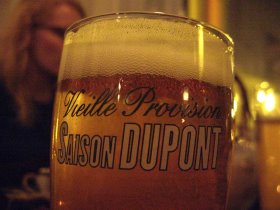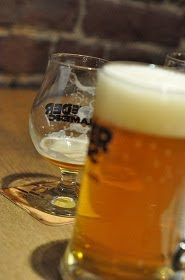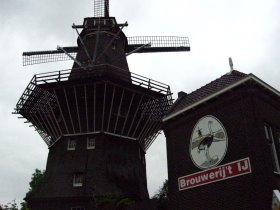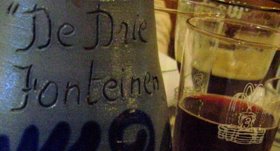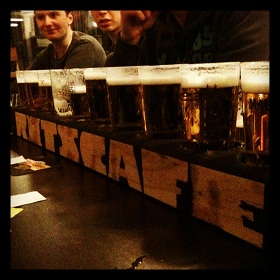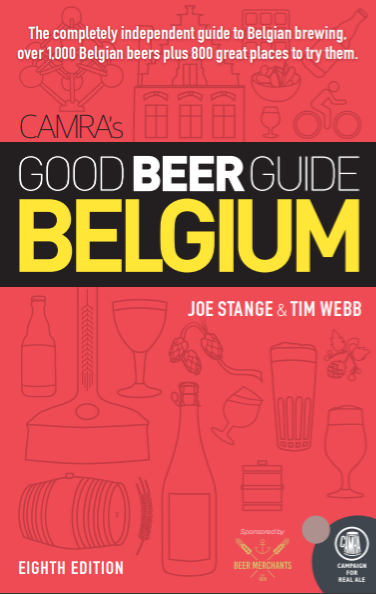Sometimes beer writers seem to constantly compare their subject to the wine world. Other times we go to great lengths to avoid it.
Here's the thing: Sometimes it's apples-oranges. Other times it's apples-apples.
If you are geeky about beer and read about wine at all -- or vice versa -- how many times have you read about one drink and slapped yourself, realizing the same truth basically applies to the other? As economic commodities and cultural artifacts, fermented drinks of moderate alcohol have lots in common. Lots and lots.
That was an aside. Which is a poor way to start. Hey, have you heard about how Asians are buying everything that is cool? It's an exaggeration, mostly. But it's a narrative that's going to stick around for a while. For example: Some savvy Asian businessfolks just bought Wine Advocate. Eric Asimov of the New York Times writes that "the move recognizes a new reality, that the center of orbit for critics like Mr. Parker is now in Asia rather than North America."
You don't think similar things are happening with beer? Have you noticed where Belgian Beer Cafés (tm) are opening lately? For more on that, you may owe it to yourself to get a really large stocking, one large enough to fit the superb new World Atlas of Beer.
But that wasn't what caused my self-slapping. It was this bit, which touches on one of my pet topics:
In one sense, Mr. Parker and other like-minded critics planted the seeds of their own obsolescence. The 100-point scale and the vocabulary of tasting notes — those brief wine descriptions that break down what’s in the glass to a series of aromas and flavors — are meaningful only until people start to develop a sense of their own taste. Wine-lovers discovered that these were merely intermediate tools, and that with confidence and ease comes a curiosity that goes beyond what’s in the glass.Sub in Ratebeer and Beer Advocate for Parker et al, and let me know what you think.
Full disclosure: I was recently asked to be an admin on Ratebeer. I declined, so that I wouldn't feel obligated to write things like, "Full disclosure, I was recently asked to be an admin on Ratebeer..."





